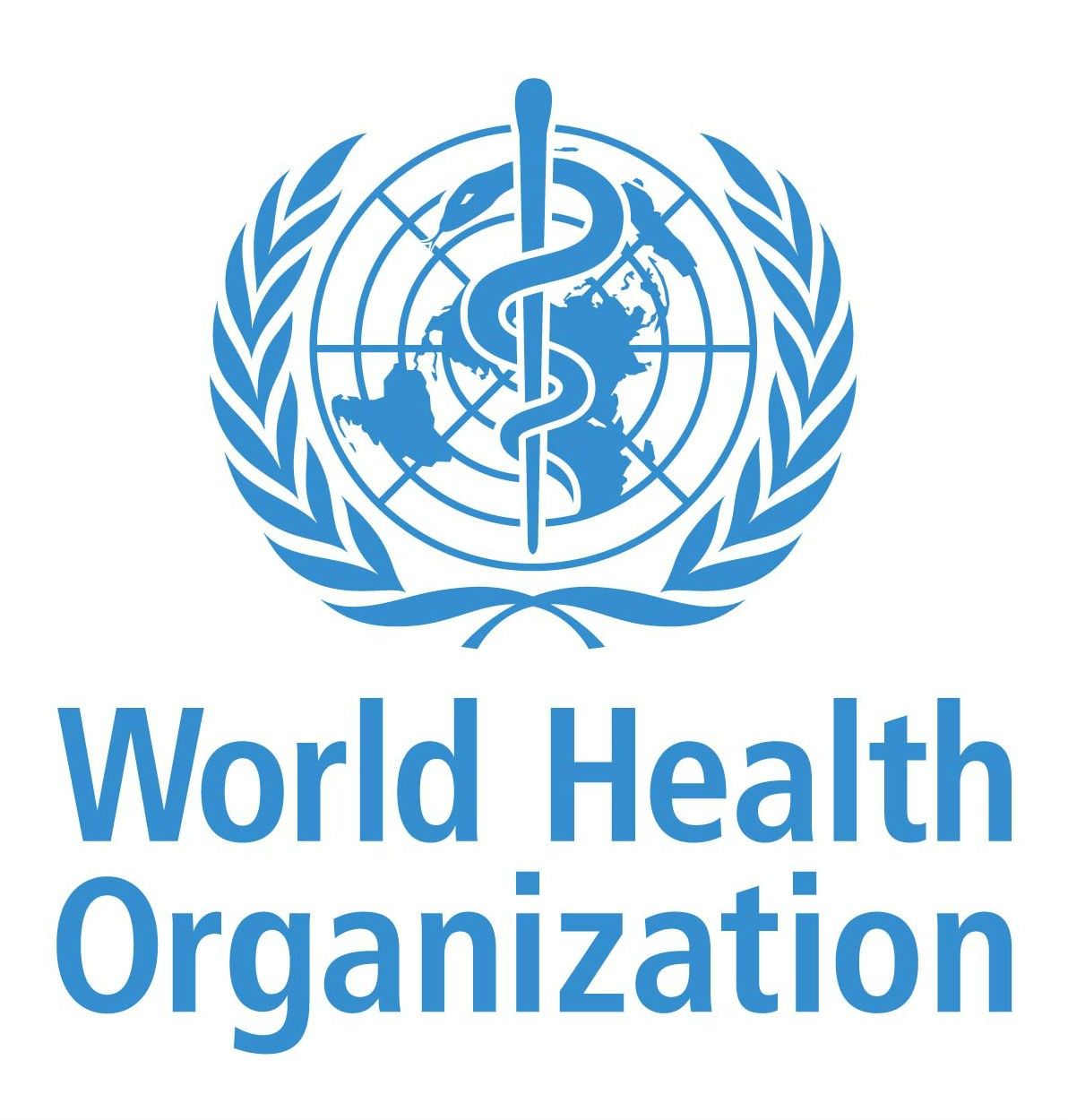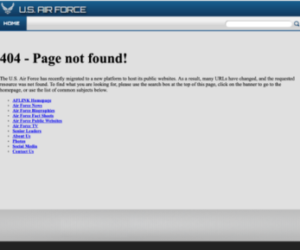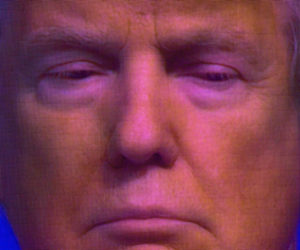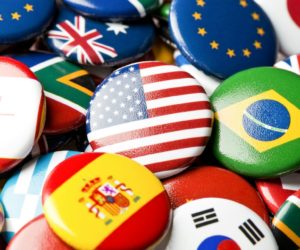
An unprecedented study covering 104 million people aged 30–79 years in 184 countries has found that the number of people living with hypertension has doubled to 1.28 billion since 1990 but more than 700 million people are not receiving treatment.
The study led by the World Health Organization (WHO) covered the period 1990–2019 and was conducted by a global network of physicians and researchers. It has been published in The Lancet, a leading global medical journal.
This runaway increase in hypertension prevalence during the last 30 years, primarily due to population growth and ageing, was preventable because the condition is easily detected through measuring blood pressure at home or in a health center. It can also be treated effectively with inexpensive medicines.
It is a global public health failure that so many people living with high blood pressure are still not getting the treatment they need. International funders and governments need to place higher priority on treatment equity for this major health risk.
Researchers are ringing alarm bells because hypertension significantly increases the risk of heart, brain and kidney diseases and is one of the top causes of death and disease across the world.
“The need to better manage hypertension cannot be exaggerated,” said Bente Mikkelsen, WHO Chief of Noncommunicable Diseases. For the first time in 20 years, WHO also released a new guideline for the pharmacological treatment of hypertension in adults to help countries improve the management of hypertension.
The global study showed that once again the worst hit are people in poorer countries. In 2019, over one billion people with hypertension, i.e., 82% of all people with hypertension in the world, lived in low- and middle-income countries.
There is massive global inequity in treatment. People in sub-Saharan Africa, central, south and south-east Asia, and Pacific Island nations are the least likely to be receiving medication. Treatment rates are below 25% for women and 20% for men in a number of countries in those regions.
Gaps in diagnosis and treatment are very significant worldwide. The study found that about 580 million people with hypertension, equaling 41% of women and 51% of men, were unaware of their condition because they were never diagnosed.
Worse, more than half of people living with hypertension or 720 million people, including 53% of women and 62% of men, are not receiving the treatment they need. Blood pressure is brought under control using correct medication in fewer than 1 in 4 women and 1 in 5 men.
In contrast, hypertension has decreased in wealthier countries, which now have some of the lowest rates, e.g., Canada, Peru and Switzerland had among the lowest prevalence of hypertension in the world in 2019. More than 70% of persons with hypertension in Canada, Iceland and South Korea are likely to receive medication to treat and control their condition.
The new WHO guideline provides the most current evidence-based advice on medication for hypertension in adults. Its recommendations cover the level of blood pressure to start medication, what type of medicine or combination of medicines to use, the target blood pressure level, and how often to have follow-up checks on blood pressure.
It also provides the basis for how physicians and other health workers can contribute to improving hypertension detection and management.
Mikkelsen said countries will be able to save lives and reduce public health spending by following the new guideline, increasing and improving access to blood pressure medication, and identifying and treating comorbidities such as diabetes and pre-existing heart disease. It also recommends promoting healthier diets, regular physical activity and more strictly controlling tobacco products.
















